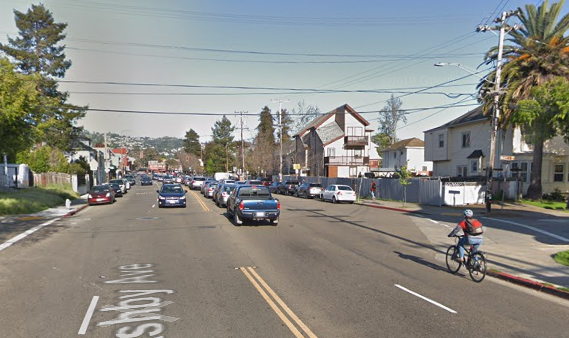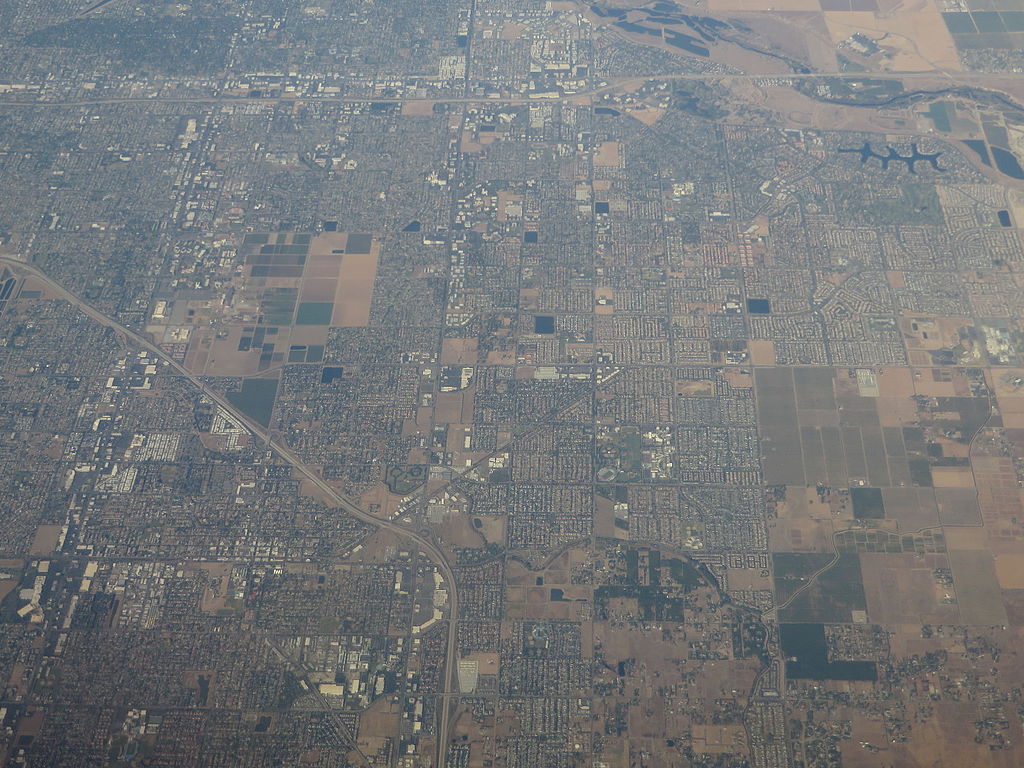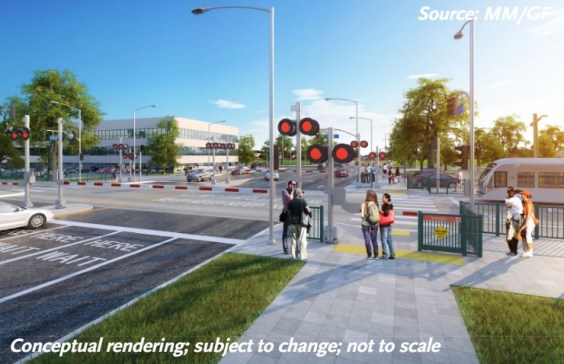Governor Newsom seems to have accepted Caltrans' assertions that S.B. 127 would cost too much money to implement, and he vetoed the bill along with a stack of others late Saturday as his deadline to take action approached. In his veto message, he claims he "fully" supports "improving facilities to increase walking, biking, and public transit," but he balked at the bill's "prescriptive and costly approach."
"I am committed to holding the department accountable to deliver more alternatives to driving while continuing to maintain our state's highways and bridges," he wrote, saying he would rely on new Caltrans leadership as well as his recent executive order to increase investments in active transportation "where appropriate and feasible."
That last phrase has always been an out for Caltrans. Caltrans already has a policy that it will consider the needs of all road users, but over and over again it has used the "where appropriate and feasible" excuse to block or minimize better infrastructure. A recent project in Oakland where they blocked pedestrian access, striped a scary bike lane, and called it a complete street facility - and, worse, got accolades for it - is one galling example of the blindness of Caltrans engineers to the real needs of people on the roads. All they can see are cars.
And that is only one of many such examples. The standard response from cities to residents who want to fix problems on state highways - even things as simple as better crosswalks - is: "That's a Caltrans facility. Our hands are tied." This bill would have applied to streets like 19th Avenue in San Francisco, Santa Monica Blvd. in Los Angeles, Santa Rosa Street in San Luis Obispo, Golden State Avenue in Bakersfield, Third Street in Coronado, Ashby Avenue in Berkeley, Skyline Blvd in Daly City, Main Street in Ferndale, Mission Blvd. in Fremont, Beach Blvd. in Buena Park, Madera Avenue in Madera, Eureka Way in Redding, Market Street in Salinas, Cabrillo in Watsonville, and Venice Blvd. in Culver City, to name just a few.
All of these streets are lined with houses, businesses, and schools that people need to get to. They are used every day by people on foot and on bikes and transit, and they remain hostile, car-heavy traffic sewers because cities can't or won't stand up to Caltrans, and Caltrans easily finds reasons to argue that a complete street in these areas is "infeasible" or "not appropriate."
It's hogwash. Caltrans needs to be held accountable for its own policies. Newsom's Executive Order on transportation funding, which is already facing its own misinformed but very strong backlash, will not do that. S.B. 127 would have.
The Governor's veto is a hit to the gut. Getting the bill this far was a long and hard-fought battle, and it passed with wide support from the legislature and from many organizations involved not just in advocating for active transportation and climate change policy but public health and environmental justice. It was necessary. If it were too costly, as Caltrans has claimed, then the Governor still needs to answer some questions.
One: How did Caltrans came up with its high cost estimates, and can it defend them? If it really would cost an average of $4.5 million per centerline mile, as they have claimed, what would that money cover? Does S.B. 127 really call for nothing but the best, most expensive accommodations? And why isn't S.B. 127's language, which includes an exemption process if a project is not cost effective or disproportionate to future need, enough wiggle room?
Two: If Caltrans keeps building wonderful, safe, fast highways for drivers, but neglects other people trying to use the same streets, how does the Governor ever expect more people to be willing to drive less? If main streets and highways aren't made safer, how is the state ever going to convince more people to try walking or biking or transit?
Three: What is the value of public health and safety? Why is even the exaggerated, undefended cost of $4.5 million per centerline mile "too much" to pay for people's safety, yet the cost of building and maintaining roads for drivers is unquestioned in the same ways?
This veto makes Gavin Newsom look like another business-as-usual governor, willing to put off taking any real action on climate or safety or public health when there is no time left to wait. It stinks.





